The prehistoric world was a kaleidoscope of colors and patterns we’re only beginning to understand. While dinosaur bones have persisted for millions of years, the soft tissues that would reveal their true appearances disappeared long ago. However, recent scientific breakthroughs have begun to unlock the secrets of dinosaur coloration, suggesting that like many modern animals, some dinosaurs may have indeed changed colors to attract mates. This fascinating possibility opens a window into dinosaur behavior and social dynamics that were previously confined to speculation.
The Science Behind Fossil Pigmentation

Paleontologists have made remarkable strides in identifying color-producing structures preserved in exceptionally well-preserved fossils. These microscopic structures, called melanosomes, contain melanin pigments that contribute to coloration in modern animals. By comparing the shape, size, and arrangement of fossilized melanosomes to those in living creatures, scientists can make educated inferences about dinosaur coloration. The discovery of these structures has revolutionized our understanding of dinosaur appearance, transforming them from the monochromatic creatures of old museum displays to vibrant, colorful beings. This breakthrough has allowed researchers to begin reconstructing the actual colors of certain dinosaur species, particularly those with well-preserved feathers or other integumentary structures.
Microraptor: A Shimmering Display
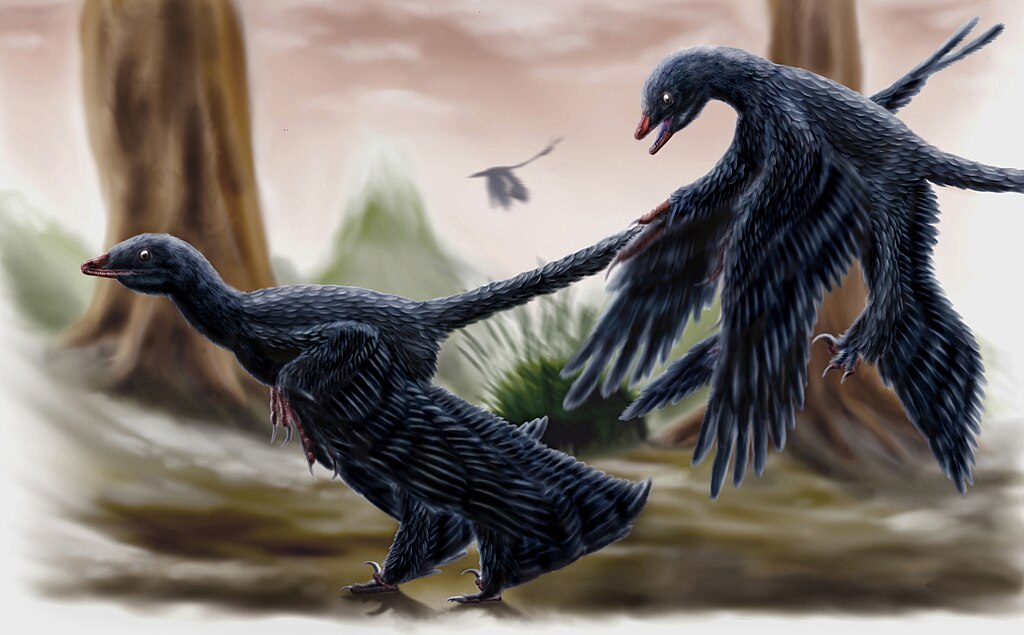
One of the most compelling examples of possible display coloration comes from Microraptor, a small, four-winged dinosaur from the early Cretaceous period. Studies of well-preserved Microraptor fossils revealed melanosomes consistent with iridescent black feathers, similar to those seen in modern crows and ravens. This iridescence would have created a shimmering effect as the dinosaur moved, potentially serving as a visual signal during courtship displays. The positioning of these iridescent feathers on the dinosaur’s body further supports the theory that they played a role in mate attraction rather than camouflage. This discovery represents one of the strongest pieces of evidence that some dinosaurs utilized coloration specifically for attracting mates.
Seasonal Color Changes in Dinosaurs

Many modern birds undergo seasonal color changes, developing more vibrant plumage during breeding seasons. As the descendants of dinosaurs, birds provide valuable insights into possible dinosaur behaviors. Some researchers theorize that certain feathered dinosaurs may have undergone similar seasonal transformations, developing more elaborate or colorful features during mating seasons. This hypothesis is supported by the close evolutionary relationship between birds and dinosaurs, along with the presence of similar hormonal systems that regulate color changes in modern birds. While direct evidence of seasonal color changes in dinosaurs remains elusive, the biological mechanisms for such transformations were likely present in at least some dinosaur species, particularly those most closely related to birds.
Sexual Dimorphism and Display Features
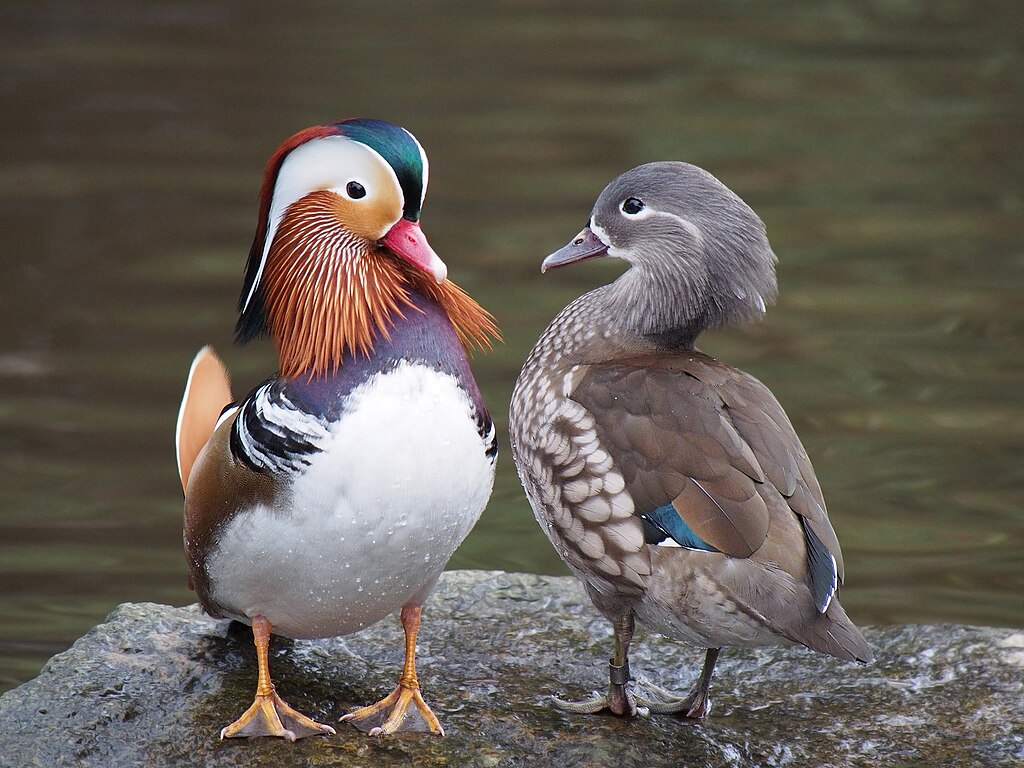
Sexual dimorphism—physical differences between males and females of the same species—provides another line of evidence for dinosaur display coloration. In many modern animals with sexual dimorphism, males often display more vibrant colors or elaborate features to attract females. Some dinosaur fossils show evidence of sexual dimorphism in structures like crests, frills, and possibly feather arrangements. For example, the elaborate crests of lambeosaurine hadrosaurs may have been adorned with bright colors to enhance their visual impact during courtship displays. While the coloration of these structures can’t be directly observed in most fossils, the presence of features that appear to serve display purposes suggests they may have been colorful or otherwise visually striking.
Psittacosaurus: A Case Study in Dinosaur Coloration
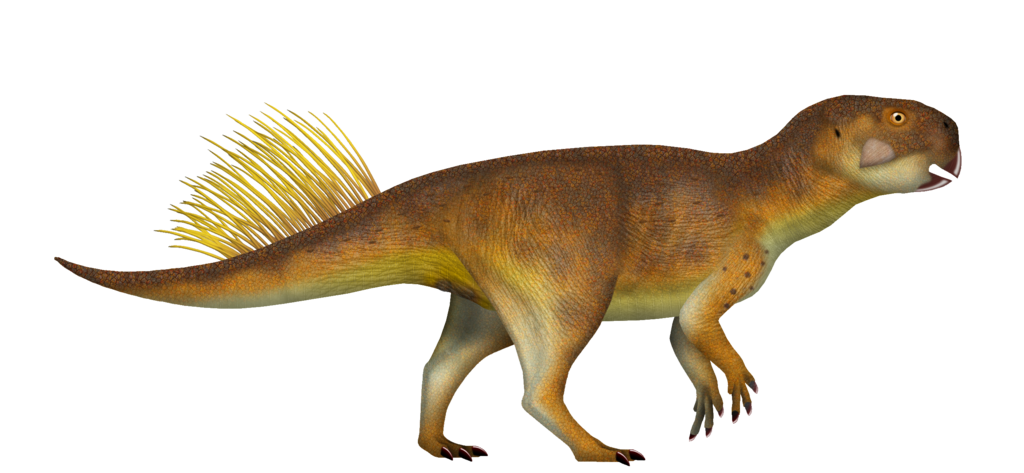
The remarkably well-preserved fossils of Psittacosaurus, a small ceratopsian dinosaur, have provided exceptional insights into dinosaur coloration patterns. Studies using advanced imaging techniques revealed that Psittacosaurus had countershading—darker coloration on its back and lighter on its belly—a common camouflage pattern in modern animals. However, researchers also identified specialized color patterns in regions that may have been important for species recognition and mate selection. Particularly interesting was the discovery of a pigmented cloaca (the posterior opening used for excretion and reproduction), suggesting possible sexual signaling. This combination of camouflage and potential display coloration demonstrates how dinosaurs, like modern animals, likely used different color patterns for different purposes, including mate attraction.
The Role of Structures in Color Displays
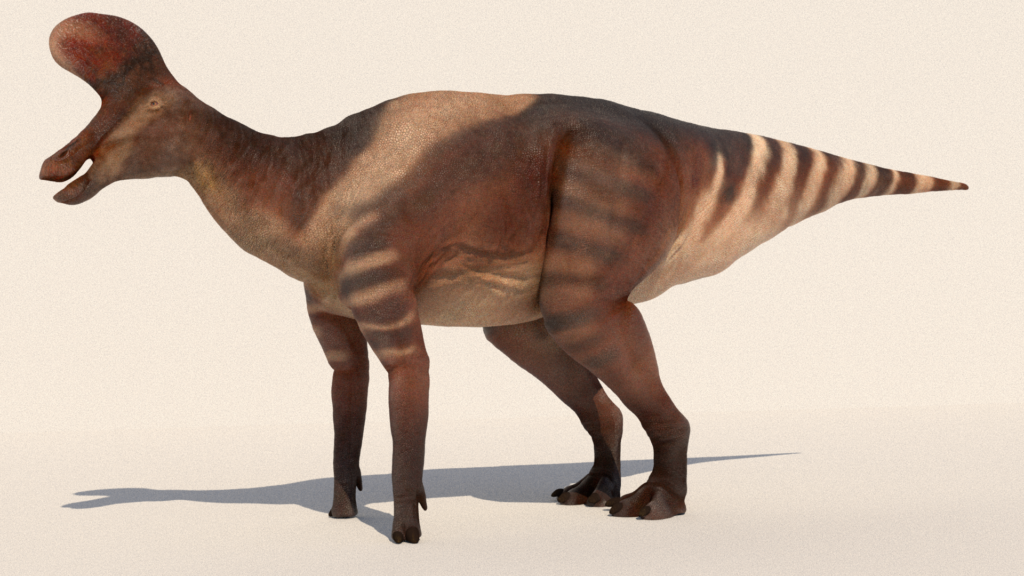
Beyond pigmentation, many dinosaurs possessed elaborate structures that may have served as platforms for colorful displays. The frills of ceratopsians, the crests of hadrosaurs, and the plates of stegosaurs all represent potential display surfaces that could have been enhanced with vibrant coloration. These structures were often highly vascularized, meaning they contained numerous blood vessels, which in modern animals can contribute to color changes through increased blood flow. Some paleontologists theorize that dinosaurs could have flushed these structures with blood to create temporary color changes during courtship displays, similar to how some modern lizards and birds change the color of their display features. The size and prominence of these structures in many dinosaur species strongly suggest they played important roles in visual communication, including mate attraction.
Feathered Dinosaurs and Display Behaviors

The discovery that many non-avian dinosaurs possessed feathers has profound implications for understanding their potential for colorful displays. In modern birds, feathers are often the primary canvas for display coloration, and evidence suggests this tradition began with their dinosaur ancestors. Fossils of dinosaurs like Anchiornis and Sinosauropteryx preserve evidence of colorful feather patterns that may have served display functions. Particularly noteworthy is the presence of specialized pennaceous feathers in some species that appear to have been positioned specifically for visual display rather than flight or insulation. These feathers, often found on the tail or limbs, bear striking similarities to the display feathers of modern birds that are specifically used in courtship rituals, suggesting similar behaviors in their dinosaur predecessors.
Active Color Change Versus Fixed Coloration
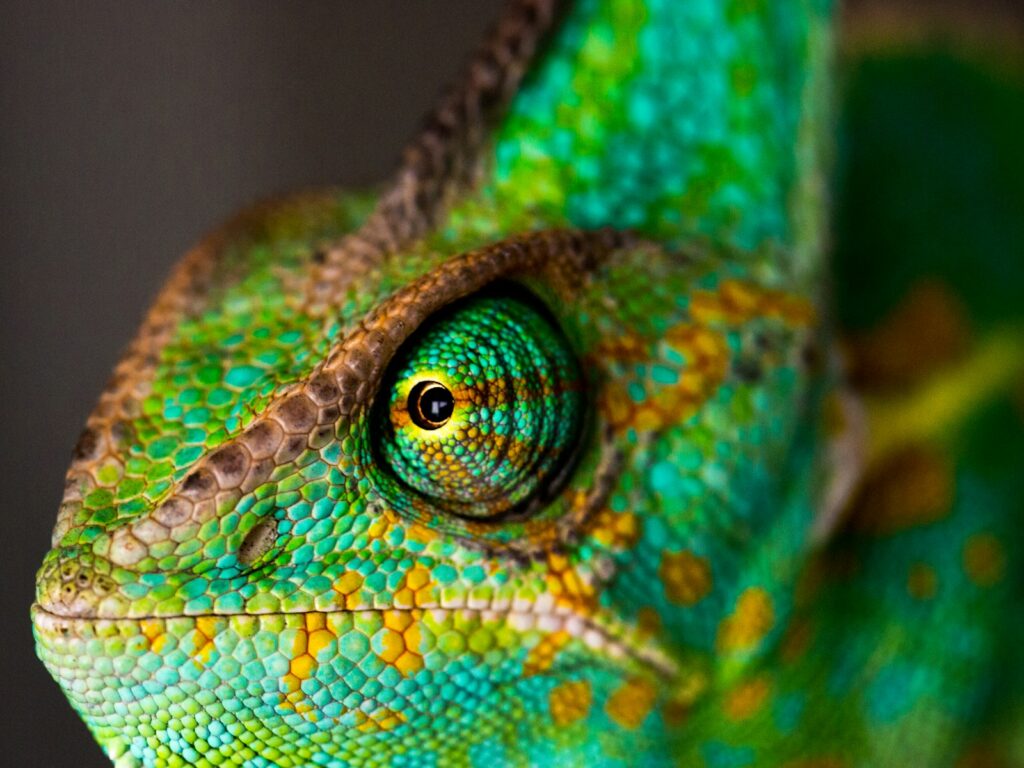
While some dinosaurs likely displayed fixed coloration patterns, others may have possessed the ability to actively change their colors. This distinction is important when considering mate attraction strategies. Fixed coloration, like the iridescent feathers of Microraptor, would have been permanent features that signaled the dinosaur’s quality as a potential mate. In contrast, active color change—like that seen in modern chameleons or certain fish—would have allowed dinosaurs to intensify their displays specifically during courtship. The physiological mechanisms for such active color changes exist in modern reptiles and birds, making it plausible that some dinosaurs possessed similar capabilities. Evidence for active color change is more difficult to preserve in the fossil record, but the close relationship between dinosaurs and modern color-changing animals suggests this ability may have existed in at least some species.
The Evolution of Colorful Displays
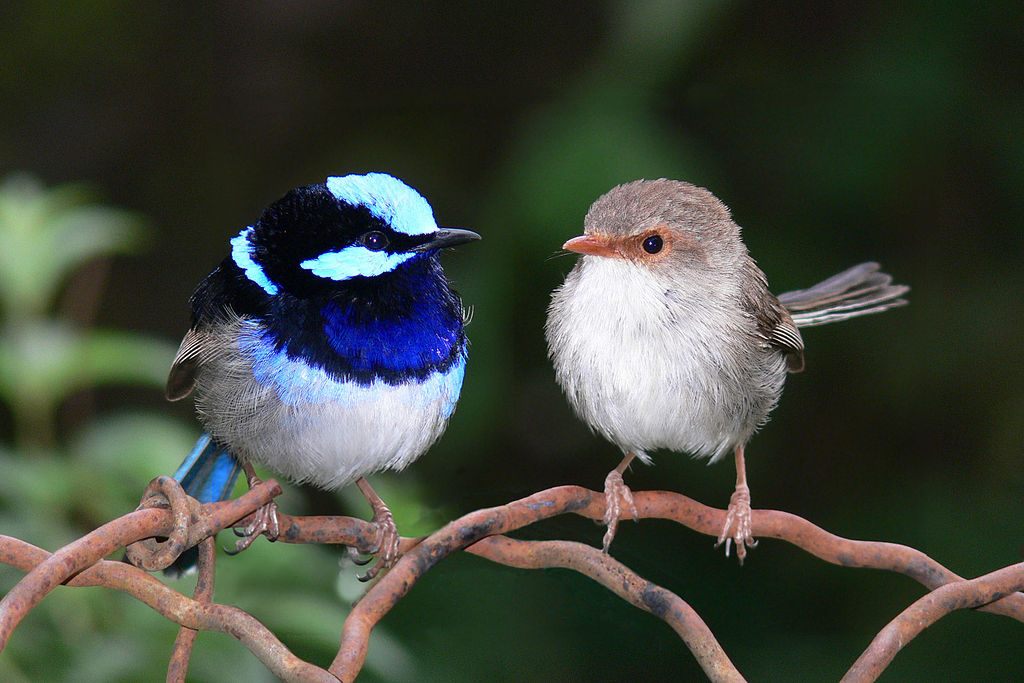
The use of color for mate attraction didn’t evolve suddenly with dinosaurs—it has deep evolutionary roots. Sexual selection, the process by which certain traits become more common because they attract mates, has driven the evolution of colorful displays across the animal kingdom. The presence of color-based mate attraction in both birds and reptiles, the two groups most closely related to dinosaurs, strongly suggests dinosaurs utilized similar strategies. The evolutionary trajectory from simple color patterns to the elaborate displays seen in modern birds likely began during the dinosaur era, with increasingly complex coloration evolving as visual signaling became more important in dinosaur social interactions. This evolutionary context provides further support for the hypothesis that dinosaurs used color to attract mates, as they occupied an evolutionary position between modern reptiles and birds, both of which extensively use color in courtship.
Environmental Factors and Display Coloration

The environments dinosaurs inhabited would have significantly influenced the evolution of their display coloration. Dinosaurs living in densely forested areas might have developed different color signals than those in open plains, adapting their displays to maximize visibility in their particular habitat. Light conditions, background vegetation, and predator presence would all have shaped the evolution of display colors. For example, dinosaurs in environments with dappled light might have evolved patterns that appeared particularly vibrant when struck by shafts of sunlight filtering through foliage. Similarly, nocturnal dinosaurs might have developed displays that were effective in low-light conditions, possibly incorporating structural colors that would shimmer in moonlight. These environmental pressures would have created diverse display strategies across different dinosaur species, just as they do in modern animals.
Alternative Explanations for Colorful Features

While mate attraction represents a compelling explanation for colorful features in dinosaurs, scientists must consider alternative functions. Species recognition, territorial displays, predator deterrence, and thermoregulation could all have driven the evolution of colorful features. In many cases, these functions may have overlapped, with the same colorful feature serving multiple purposes. For example, the bright crest of a hadrosaur might have attracted mates while simultaneously helping members of the same species recognize each other from a distance. The challenge for paleontologists lies in distinguishing between these possibilities, often requiring careful analysis of the anatomical positioning of color-producing structures and comparison with modern animals. Despite these challenges, the distinctive nature of many dinosaur features strongly suggests that mate attraction was at least one function of their colorful displays.
Future Research Directions
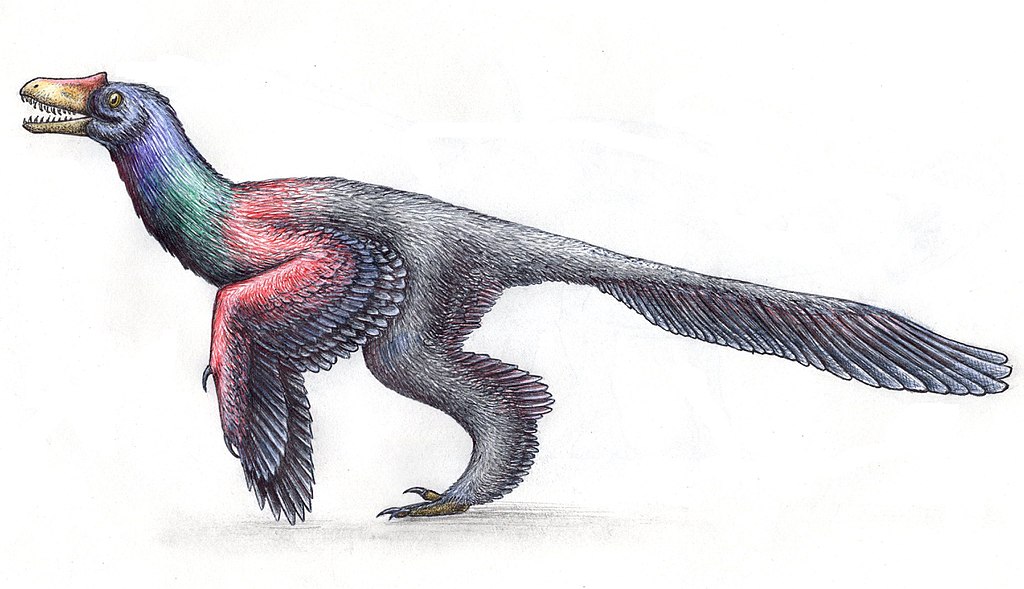
The study of dinosaur coloration and its role in mate attraction remains a vibrant field with numerous promising research directions. Advances in molecular paleontology may eventually allow scientists to detect chemical traces of pigments beyond melanin, expanding our understanding of dinosaur color palettes. Comparative studies between dinosaur features and the display structures of modern animals will continue to refine our interpretations of dinosaur social behaviors. Computer modeling of dinosaur visual systems may help researchers understand how dinosaurs perceived colors, providing insights into which colors would have been most effective for mate attraction. Additionally, the discovery of new exceptionally preserved fossils could provide further direct evidence of display coloration. Each of these research avenues holds the potential to strengthen our understanding of how dinosaurs used color in their social interactions, including mate attraction.
Conclusion: A Colorful Prehistoric World

The evidence increasingly suggests that dinosaurs inhabited a world filled with visual splendor, where colors played crucial roles in social interactions, including mate attraction. From the iridescent feathers of Microraptor to the possibly color-changing crests of hadrosaurs, dinosaurs appear to have utilized a diverse array of strategies to visually signal their quality as potential mates. While much remains unknown about the specific colors and patterns that adorned different dinosaur species, the scientific consensus is shifting toward viewing dinosaurs as colorful, visually oriented animals rather than the drab creatures once depicted. This evolving understanding not only transforms our mental image of the prehistoric world but also deepens our appreciation for the complex social lives of these remarkable animals. As research continues, the prehistoric landscape continues to become more vibrant in our scientific understanding, populated by dinosaurs that used color in sophisticated ways to navigate their social worlds.



